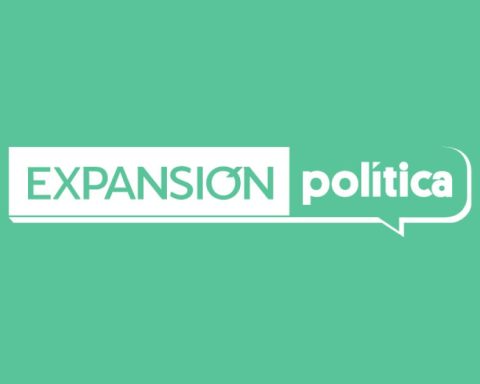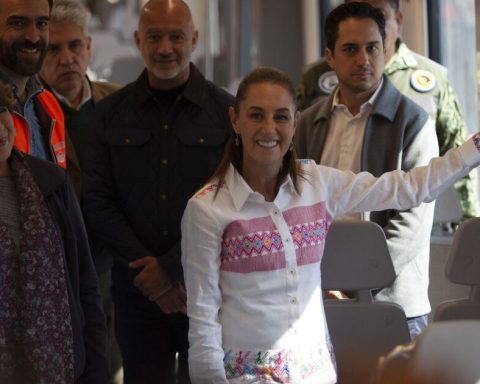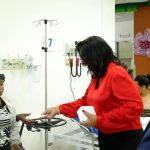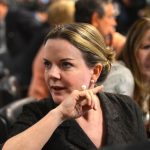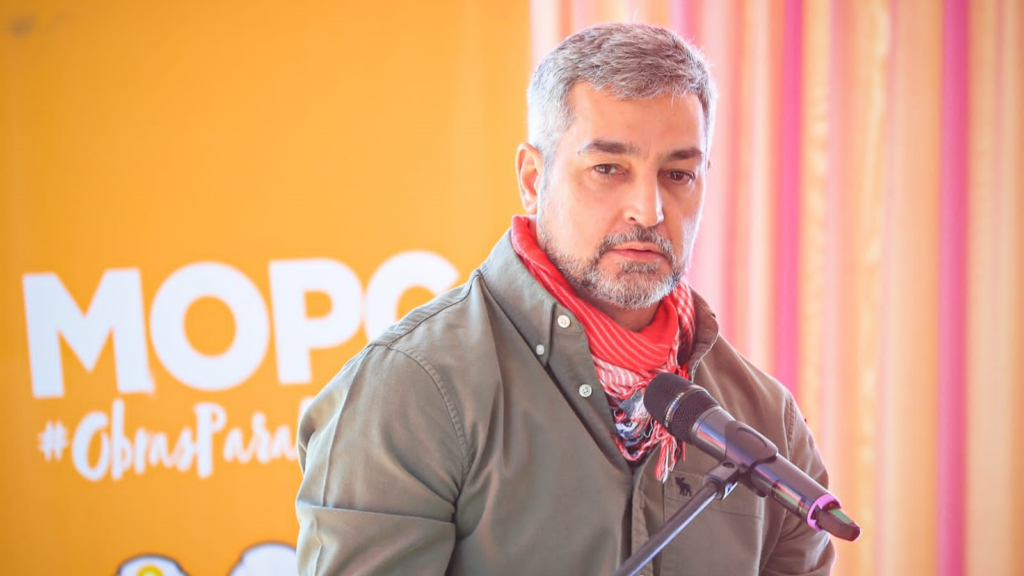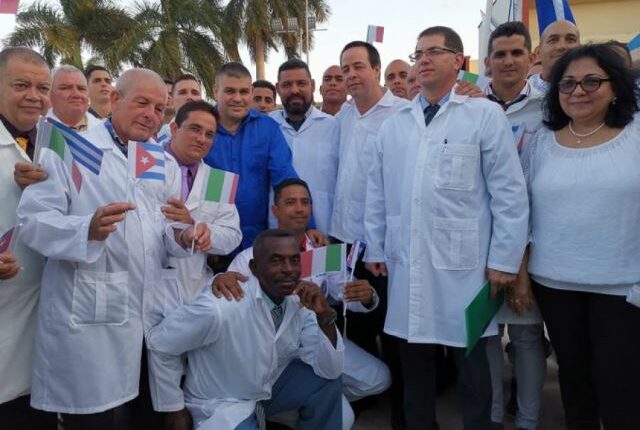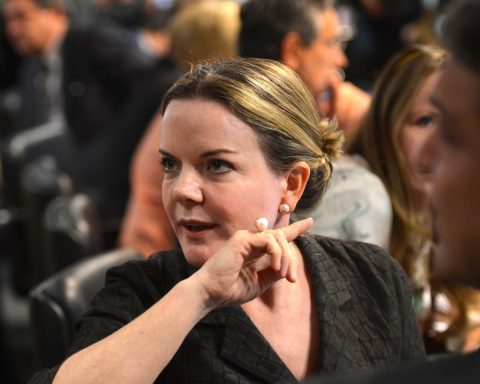The United States Federal Reserve (Fed) ended the interest rate hike of 75 basis points (bp) to increase it by 50 bp, to a range of 4.25 to 4.5%, as expected by the market.
Through a statement, the Fed mentioned that recent indicators point to moderate growth in spending and output, while job creation has stood alone in recent months.
He regretted that inflation remains high (despite a reduction from 7.7% in October to 7.1% last month), with the war in Ukraine and its respective consequences contributing to the upward pressure on prices, for which the Committee remains attentive to the risks of this increase.
Likewise, the Committee assured that it was prepared to further adjust its monetary policy as appropriate until the inflation target of 2 percent was achieved.
Only two of the 19 Fed officials see the benchmark overnight interest rate below 5% next year, a sign they still feel the need to battle inflation that has been at 40-year highs.
This estimate is slightly higher than what investors expected before the monetary policy meeting.
The increases in borrowing costs will come despite an economy that will run at near stagnant speed into next year.
By the Fed’s preferred measure, the PCE price index will stay above the 2% target at least until the end of 2025 and stay above 3% until the end of 2023.
The central bank also expects the average unemployment rate to rise to 4.6% over the next year from 3.7% now, a rise that exceeds the level historically associated with a recession.
Additionally, the Gross Domestic Product (GDP) will grow only 0.5% next year, the same figure as in 2022, before increasing to 1.6% in 2024 and 1.8% in 2025, a level considered as the long-term potential of the economy.
“Taken together, today’s statement and the economic projections tell a simple but persuasive story: the Fed is unwilling to pivot significantly until it sees sustained and conclusive evidence of a reversal of inflationary pressures,” said Karl Schamotta, Corpay’s chief market strategist.
The effects of the rate policy take months to be seen. Consumption remains sustained and the labor market is in very good health in the United States.
Powell calls not to trust
Jerome Powell, president of the US central bank, said in his post-meeting news conference that the speed of rate hikes is less critical now, adding that the recent good news on inflation cannot yet be said to mean a spike. in price pressures.
“It’s not that important how fast we go,” Powell said, noting that the biggest question facing officials now is where the Fed is going to stop and how long it will stay there.
Inflation data received in October and November show a welcome slowdown in the pace of price increases, but much more evidence is needed to be confident that inflation is on a sustained downward path,” Powell warned.
When asked about the possibility of a recession next year, Powell pointed out that the central bank’s economic projections are modest, but he does not qualify for a recession.
“Forecasts show positive growth, although it won’t feel like a boom,” he said.
Powell also reiterated that, thus far, the Fed is not considering any changes to its 2% inflation target nor does it intend to do so in the future.
“We are not considering it and we are not going to consider it under any circumstances (…) We are going to keep our inflation target at 2 percent and we will use our tools to get prices back to that number,” he said.
Powell wished there was a completely painless way to restore price stability “but there isn’t and this is the best we can do.” (With agency information)

